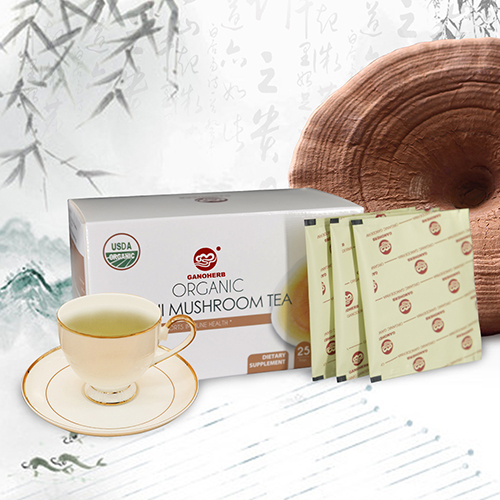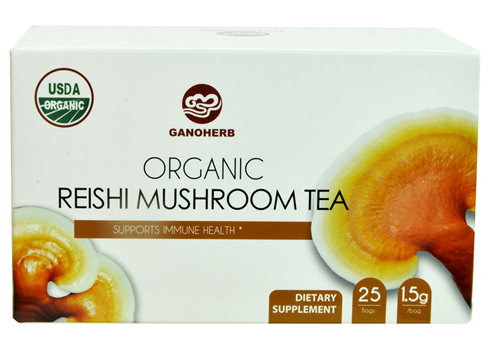Cultivation of fresh corn in autumn without pollution
The varieties used were selected from Suyujing No. 1, Jiangnan calyx, Ziyujing and other waxy-maize varieties, Jingtian No. 3 and No. 8 sweet corn varieties, and Meiyu No. 3 sweet waxy maize varieties.
The selection of plots is based on the selection of ecological conditions in the surrounding area, and it is far from the sources of pollution and roads. Pay attention to planting with different types of corn varieties to prevent stringing and affect quality. Space isolation (above 400 meters), barrier isolation, and time isolation (flowering staggered more than 20 days) can be used.
Suitable sowing and open field cultivation can be sown from the beginning of July to the beginning of August, and the cultivation of greenhouses can be postponed till the middle of August for sowing. Before the broadcast, open the field "Three Ditches" and finely prepare the soil. Waxy corn can be broadcast live, so that when sowing to ensure appropriate moisture conditions, sowing depth of 3 to 4 cm, 1.5 to 2 kg per acre seed amount. Sweet corn is used for seedlings in seedlings and transplanted during the milky period, with 1 kg per acre.
Planting density appropriately increases the planting density, 4500-5000 strains of waxy corn per mu, and 3500-4000 strains of sweet corn per mu.
Field management checks seedlings to make up for shortages, and they use seed to regenerate seeds or bring soil to transplant seedlings. During the 4th leaf stage of maize, seedlings were established and 6-leaf stage seedlings were established. In the case of severely-destroyed land pests, Dingmiao can be postponed as appropriate. Fresh corn, especially sweet corn, is prone to giving birth and should be snoring in time. The snoring is performed at the beginning of delivery, and is repeated 7 to 8 days later. Timely cultivating soil, especially when the soil is hardened after heavy rain, timely cultivating tillage.
Fertilizer and water management Mid-range fertility blocks above 10-15 kilograms per acre of pure nitrogen, organic fertilizer and phosphorus and potassium fertilizers. The use of base seedlings to promote early-onset hair, fertilizer accounted for 60% to 70% of the total amount of fertilizer. After 20 to 30 days of sowing, fertilizer was applied during the period of sowing, and ear fertilizer was applied during the big bell mouth period. The amount of fertilizer applied twice was 30% to 40% of the total amount of fertilizer applied. The basal fertilizer is mainly organic fertilizer and compound fertilizer, and applied or spread on the ditch; the seedling fertilizer and jointing fertilizer are mainly nitrogen fertilizers and acupuncture points; the panicle fertilizer is mainly composed of nitrogen fertilizer and compound fertilizer, and the hole application is applied. Increased application of P and K fertilizers at the heading stage can enhance plant resistance to disease and the ability to resist premature aging. Open a good drainage pit in the field to prevent waterlogging. Good sowing when sowing, generally do not need irrigation during seedling stage. Soil drought within 1 month before and after flowering, irrigation and drought resistance.
The main diseases and pests of the disease-controlling pests in autumn are underground pests, corn borer, and sheath blight. July-August is a period of high incidence of underground pests, available 90% crystal trichlorfon 1 kg plus appropriate amount of water, mix 50 to 100 kilograms of rice bran or bran made of bait, spread 4 to 8 kg per acre to kill. The control of corn borer was performed with triazophos spray twice during the big bell mouth period and when female flowers were spun. The occurrence of sheath blight and other diseases in the field, spraying carbendazim and other agents.
Timely harvest of 28 to 35 days after the ear has been spit silk, according to market demand in batches to market.
Ganoderma tea (Reishi Mushroom Tea/ Lingzhi Tea) is made of 100% USDA certified organic Ganoderma Lucidum. The Ganoderma Lucidum ingredient used for this product comes from our self-built organic Ganoderma farm located in Mt. Wuyi, Fujian, one of the largest Ganoderma origins in China. The whole cultivation process strictly follows the organic standards without any use of pesticide, herbicide, and chemical fertilizer to ensure its highest quality and efficacy.

This organic Ganoderma Tea is very convenient to carry and make. Each box has 25 individually packaged tea bags. Just open the sachet, put the tea bag in a cup and add hot water, a cup of warm and delicious Ganoderma tea will be ready for you in just 1-2 minutes.

This product has a unique mushroom flavor and a mellow sweet aftertaste. Different from other Herbal Tea on the market, Ganoderma tea has many health benefits, such as enhancing overall immunity, relieving stress, improving sleep quality and reducing allergy. It is gluten free, lactose free, and no additives or preservatives whatsoever, therefore it Is suitable for all people especially for people with low immunity or high stress.
Ganoderma Tea
Ganoderma Tea,Reishi Tea,Reishi Mushroom Tea,Herbal Tea,Ganoderma Lucidum Tea,Lingzhi Tea
Ganoherb International Inc. , http://www.ganoherb.us